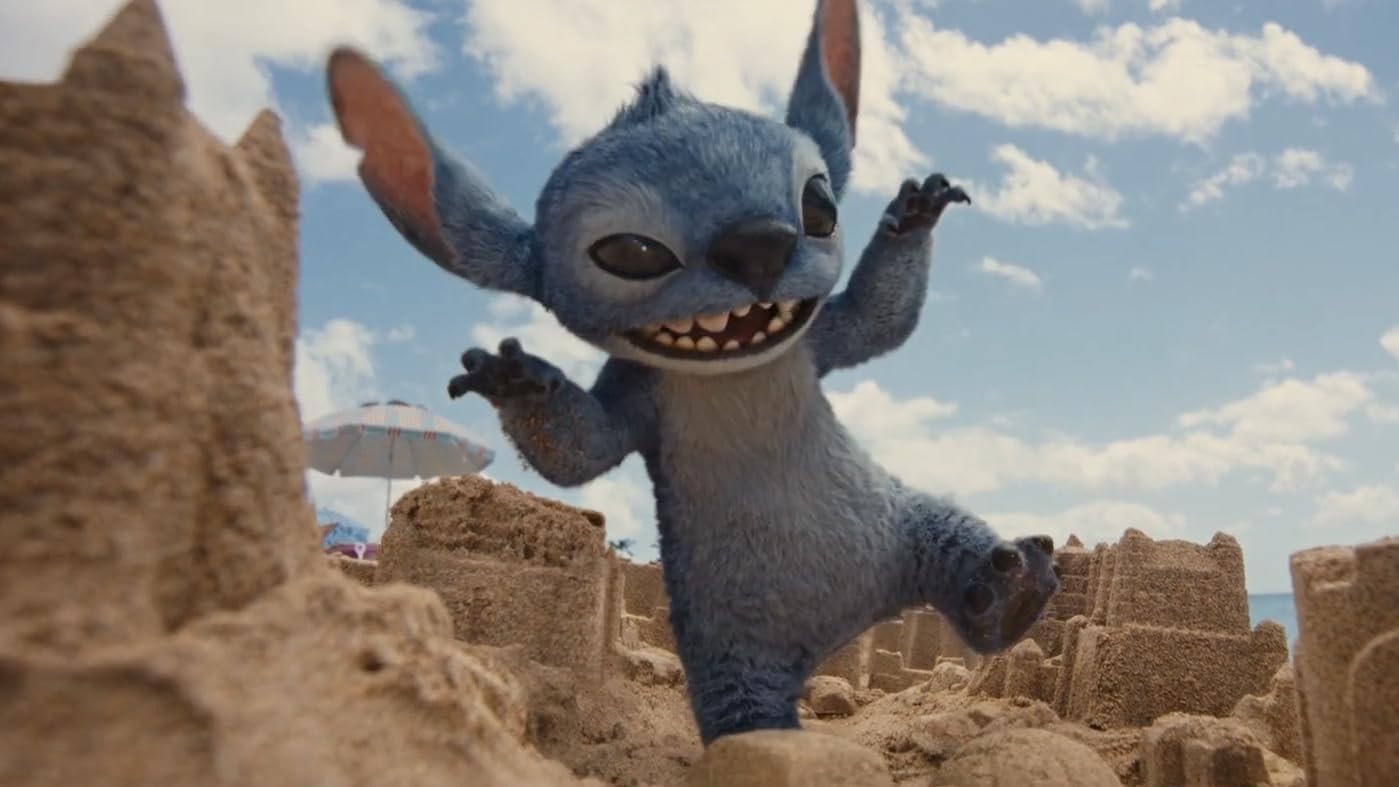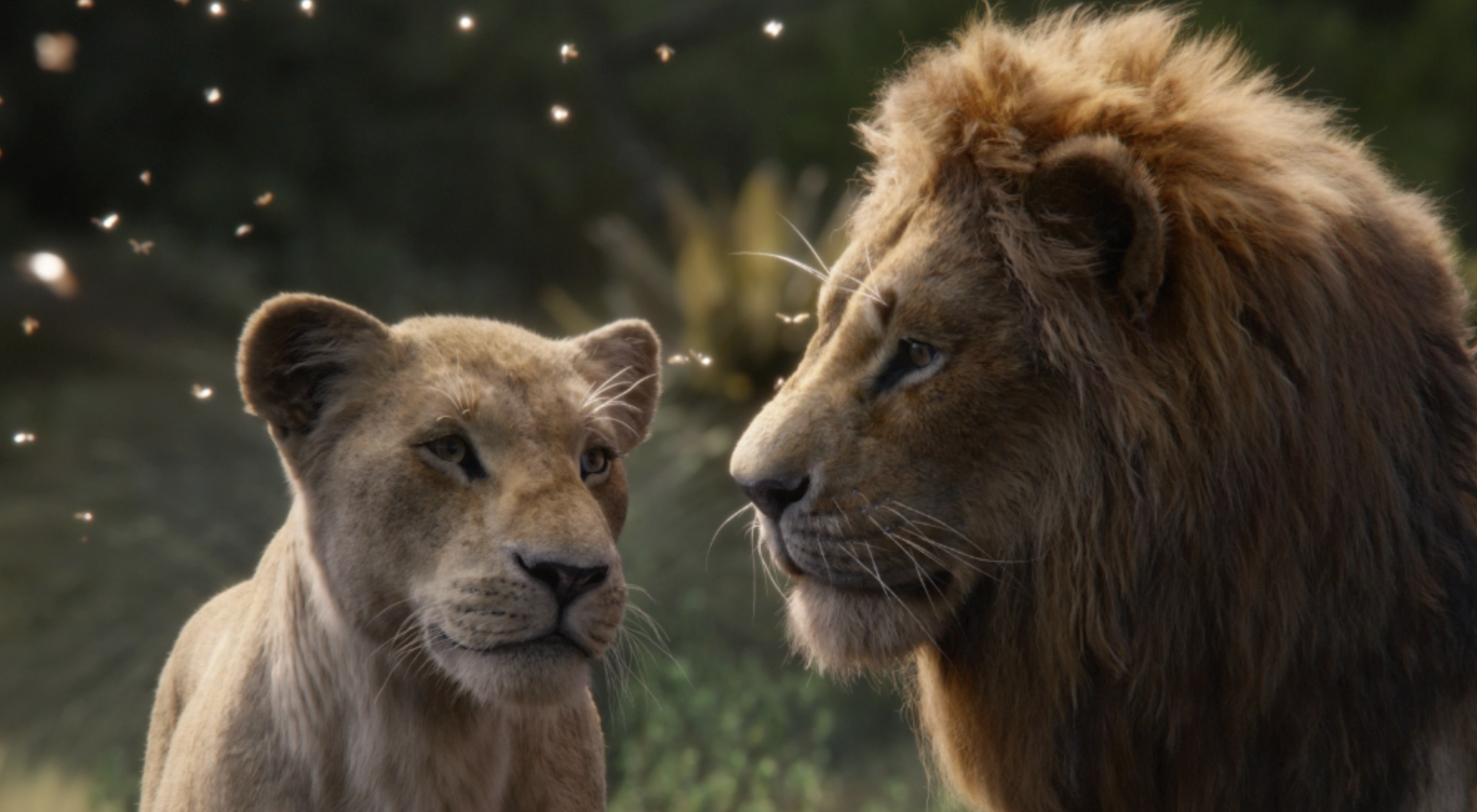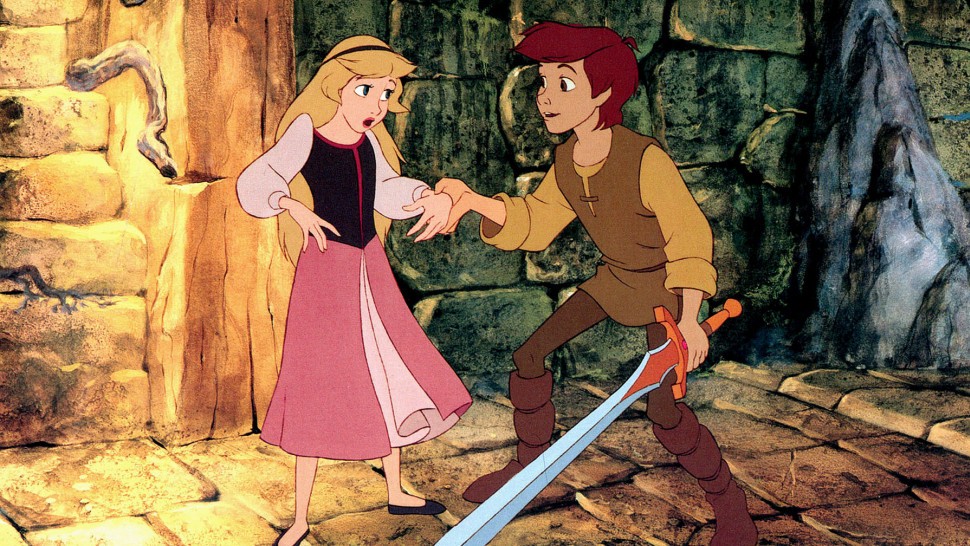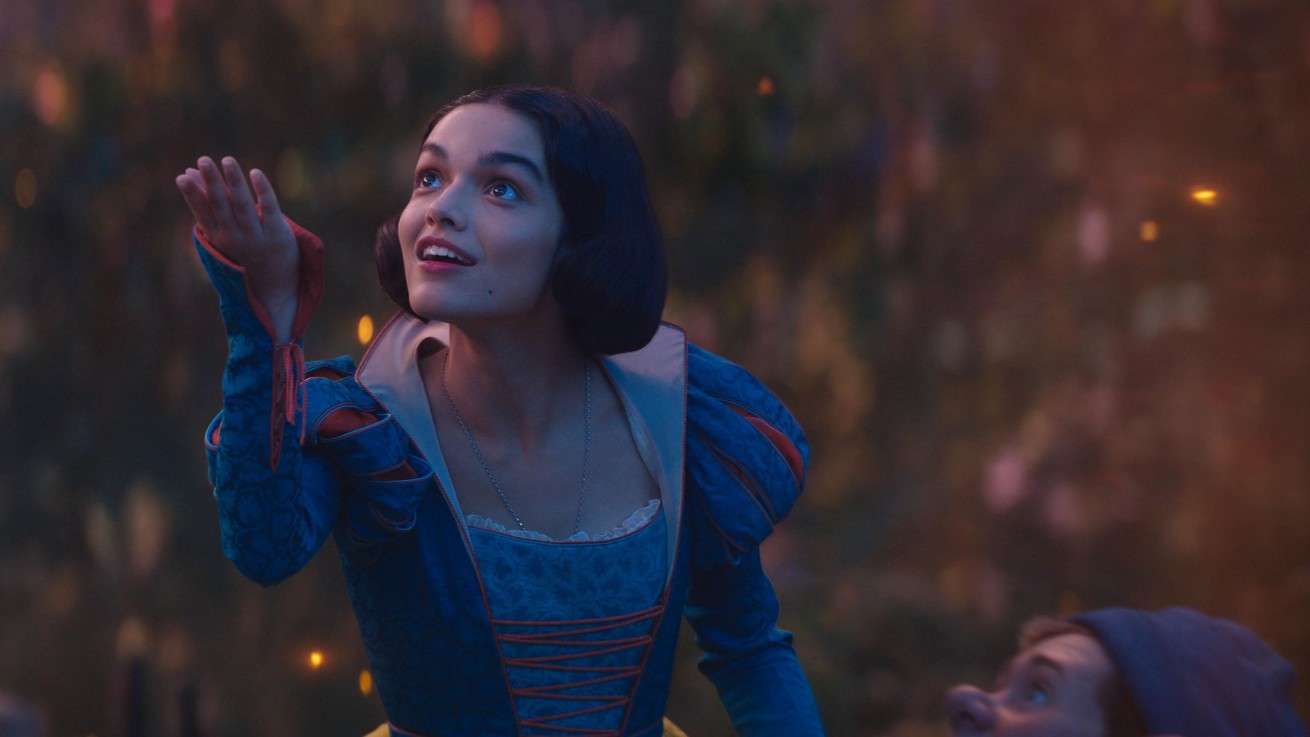
Another day, another Disney live-action remake savaged by critics. On the day I'm writing this, Lilo & Stitch has been brutally panned ahead of its 23 May release. The Guardian didn't mince words, branding it a "monstrosity," while AV Club pleaded with cinemagoers to "forget and leave behind this dreadful take." We're a long way from the best animation styles.
When your marketing strategy depends on nostalgia but critics are actively begging audiences to preserve their childhood memories by staying away, you can't deny something's gone badly wrong.
But here's the thing: Disney isn't just dropping the ball with Lilo & Stitch: they've been fumbling their entire live-action remake strategy since day one (here are 4 times their films upset fans).
CGI elephant in the room
The fundamental problem is obvious to anyone with functioning eyeballs. Animation allows for expressiveness, exaggeration and charm that simply doesn't translate to photorealistic CGI. When The Lion King's animated Simba looks sad, his entire face morphs into a masterpiece of anthropomorphic emotion. When the "live-action" (read: CG) Simba looks sad, he just looks like a National Geographic documentary about a slightly peaky lion.

Disney executives seem convinced we're all clamouring to see what Stitch would look like if he crash-landed in our actual back garden. Newsflash: we're not. We liked him blue and cartoony. We liked his oversized eyes and impossible proportions. Making him "realistic" is like asking for a realistic version of a unicorn. It fundamentally misunderstands what made the original appealing (though we still like these posters).
Soul-sucking sameness
In short, Disney's approach to these remakes can be summed up as: "Let's do exactly what we did before, but with 100% more unnecessary CGI and 50% less charm." And this creative bankruptcy extends to the stories themselves. These films are so terrified of deviating from their source material that they end up as pale imitations; cinematic taxidermy where the original's shape is preserved, but the soul has long departed.
The irony is that Disney already knows how to successfully adapt beloved properties. Marvel, which they bought in 2009, has shown them the way. They just refuse to apply those lessons to their own IP.
So what do I mean by that? Well, Marvel didn't start its modern cinematic universe with Spider-Man or the X-Men; characters who'd already enjoyed multiple screen adaptations. They began with Iron Man, a B-list hero who'd never had a TV show or film. Weird to think of it now, but most people who weren't comic nerds had never actually heard of the character.
Why did this work? Because Marvel wasn't shackled by audience expectations. At the time, they could reinvent Tony Stark without armies of fans crying foul at every deviation from previous versions. There was no beloved 1980s movie that fans would endlessly compare it to.
This freedom allowed Marvel to focus on making a genuinely good set of films, rather than a faithful recreation of something that already existed.
Enter the vault
In 2025, I reckon Disney needs to take a page from Marvel's playbook and look to their overlooked animated films. The ones that most people haven't seen (and won't remember if they have), but which still solid storytelling foundations.
Films like Treasure Planet, which was a box office disappointment but had a genuinely cool concept (Treasure Island... in space!). Or The Black Cauldron, which was so dark and weird that it nearly killed Disney animation in the 1980s, but could find new life in today's more fantasy-friendly climate.

Similarly, Oliver & Company, Disney's New York-set take on Oliver Twist with a scrappy kitten protagonist, could make for a brilliant modern live-action/CGI hybrid. The film has memorable characters and catchy songs, but hasn't been merchandised to death. There's room to expand and improve, without fans screaming about childhood desecration. I mean there might be some, but I guarantee there won't be many.
In short, such films offer solid storytelling frameworks without the nostalgia stranglehold. Disney could actually improve them, addressing pacing issues or underdeveloped characters, rather than just ripping out the animation and replacing it with CGI, like a questionable organ transplant.
Escape the nostalgia trap
The main benefit of choosing lesser-known properties is that Disney could focus on making broadly original films rather than nostalgia delivery systems. Maleficent, for instance, worked reasonably well, because it dared to tell a different story from the original Sleeping Beauty. It wasn't perfect, but at least it justified its existence.
Conversely, when Disney inevitably announces a live-action Emperor's New Groove (and mark my words, that day is coming), they'll face a lose-lose situation. Either they'll make Kronk less cartoonishly muscled and face fan outrage, or they'll CGI some poor actor into an anatomical impossibility. Either way, the magic of the original animation will be lost.

But if they instead announced a Treasure Planet remake? There'd be breathing room there. The original has its devotees, but most audiences would approach it with curiosity rather than protective nostalgia. Disney could actually concentrate on making a thrilling sci-fi adventure film rather than a frame-by-frame recreation of something that already exists.
Perhaps the biggest lesson 2010s Marvel taught was that audiences don't actually want the same thing over and over. They want something familiar enough to be comforting but different enough to be exciting.
Disney's live-action remakes are currently all comfort, no excitement. It's time they learned there's gold in their vaults beyond the obvious hits. And that sometimes the most valuable gems are the ones that haven't already been polished to death.
Think you can do better? Try one of the best laptops for animation.







